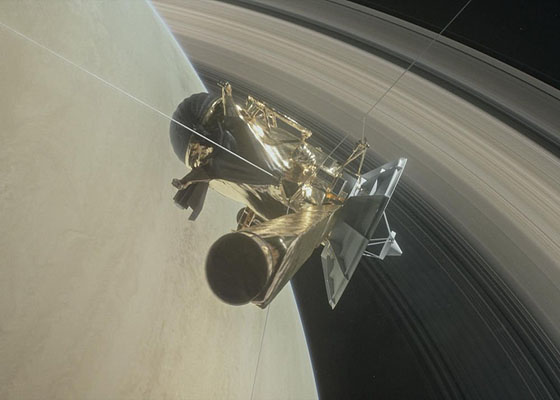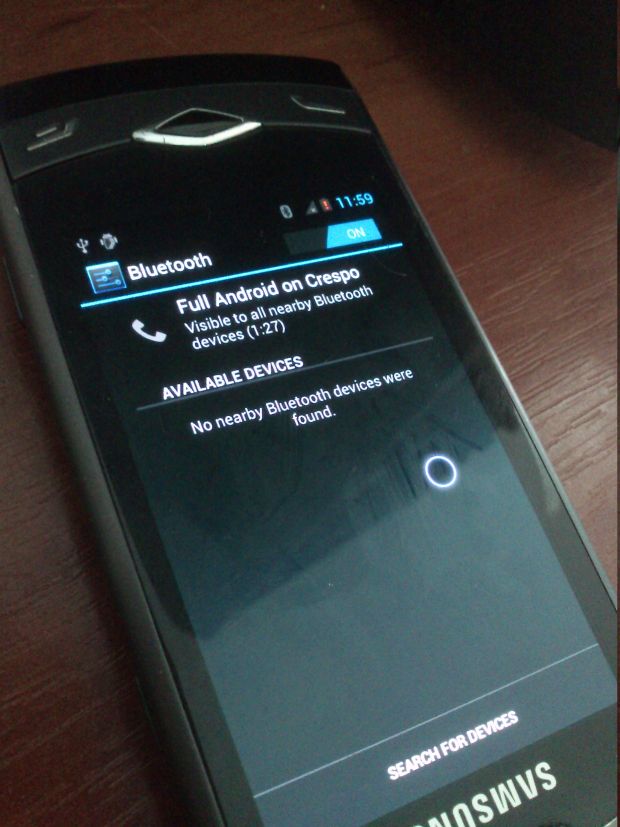Flying at over 76,000 miles per hour, the spacecraft will zip through an uncharted gap between Saturn and its rings, where no spacecraft has flown before. In September, after 22 laps through this region, the spacecraft will dive into the gas giant’s atmosphere, where it will “break apart, melt, vaporize, and become a part of the very planet it left Earth 20 years ago to explore,” Cassini project manager Earl Maize said in a press conference on Tuesday.
Although Cassini launched 20 years ago, experiments on the Space Station have suggested microbes can survive for years in the extreme temperatures, radiation, and airless vacuum of space.
But the spacecraft’s fuel is running out, and ultimately its fate is sealed by its own discoveries; scientists don’t want to risk the spacecraft crashing into Titan and Enceladus, which may be capable of supporting life.
Cassini will continue to beam back data until the very end, when atmospheric drag severs the spacecraft’s connection with Earth. That’s expected to happen about three minutes into Cassini’s dive on September 15.
[Source]



